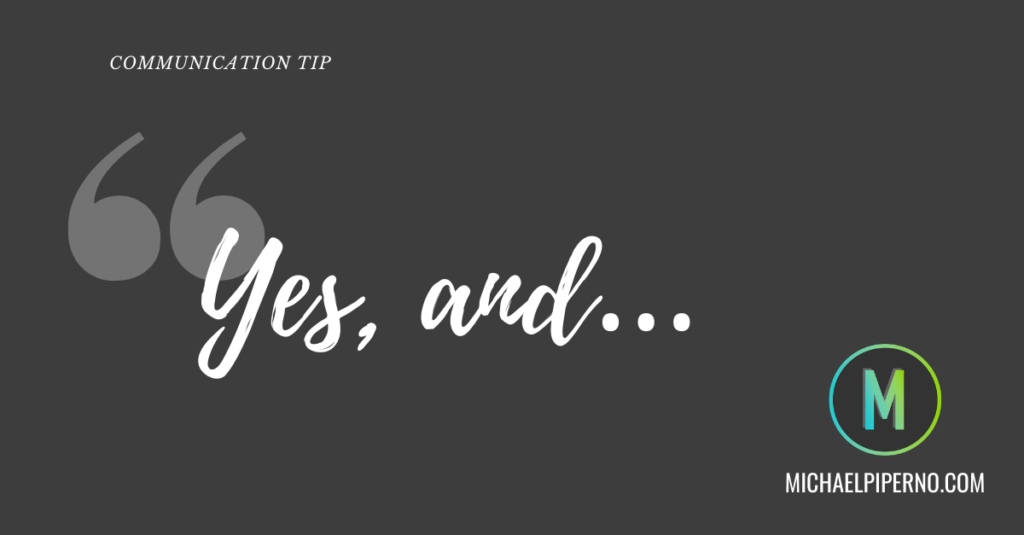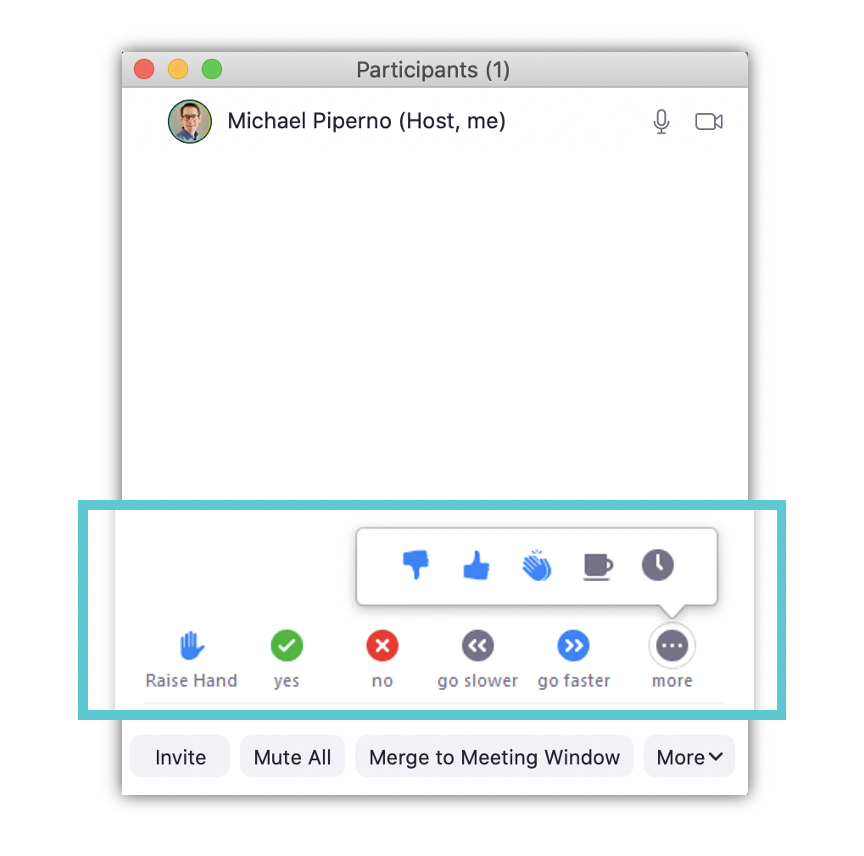Are you really a good listener?
How many people do you know who say they are good listeners, but really aren’t? I’m sure you know more than a few.
I find that a lot of people who are good problem solvers think that also makes them good listeners. Yes, in many cases good listeners are good problem solvers. But being a good problem solver doesn’t automatically make you a good listener.
True listening (which is very different from hearing) requires work — and there are a lot of barriers. Distractions, your attitude toward the speaker or topic, and even your physical state (e.g., being hungry or tired) can all interfere. But the most common barrier is our tendency to begin formulating our response to what someone is saying rather than waiting for them to finish.
Observe your own behavior for the next week. How often do you find yourself thinking about your response before a speaker is finished? If it’s often, try to remind yourself to stay in the moment. Be quiet, let the speaker talk, and don’t think ahead to how you want to respond. Withhold judgement until you’ve had time to fully understand and comprehend what is being said. And eliminate those distractions you personally have control over (like your phone or smartwatch).
Did you know that we typically comprehend and retain only 25% of what we hear? Add to that the distracted digital world we live in, and it makes us all poor listeners at times. But there are things you can do to improve your listening skills. The first step is reminding yourself to truly listen so you can stay in the moment and allow yourself to really comprehend what the speaker is communicating to you.
For more listening tips, check out my interactive workshop 10 Tips for Becoming a Better Listener or my quick class Be a Better Listener.
Photo by Mimi Thian on Unsplash
Are you really a good listener? Read More »








